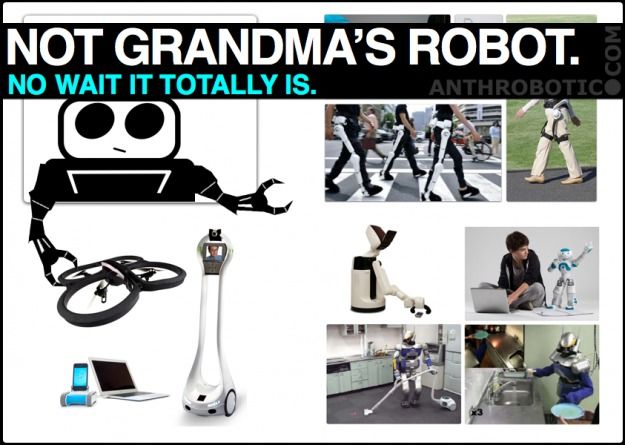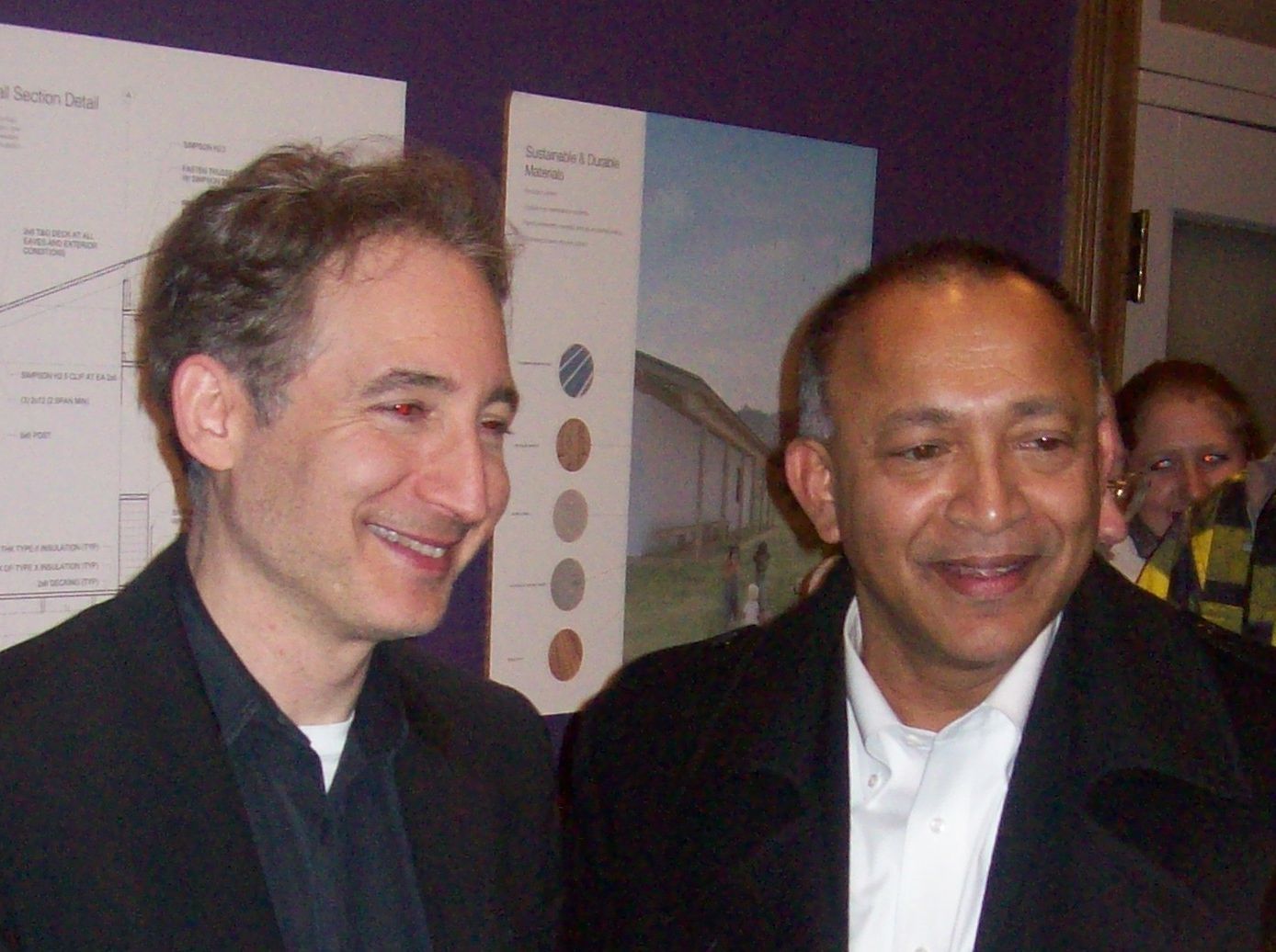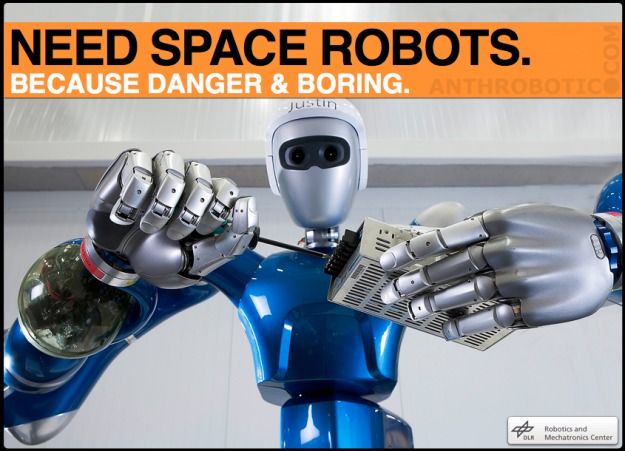Mar 22, 2013
Robots for Japan’s Future: talk with them, move with them, live with them… All in time.
Posted by Reno J. Tibke in categories: biotech/medical, futurism, human trajectories, robotics/AI

Japanese People are Getting Old — Fast. So… Robots!
Japan is one of those great examples of how, when a society reaches a certain stage of development, population can stabilize itself based simply on quality of life (economic well-being, healthcare, community, Golden Rule morality, etc.). There is a challenge, however: population decline. In arguably one of the world’s most advanced capitalist nations, where 70% of GDP is based on the services economy and nearly all national debt is public held, a big die-off is… big problematic. Sure, the population decline will be gradual — but it’s inexorable, and Japan has to prepare now.
Make Robots, Not Babies?
A (perhaps questionable) study from the Japan Family Planning Association found that 1/3 of Japanese youth have no desire to get their groove on. They just don’t wanna hump each other. And as many of us know, it’s not just an enjoyable hobby, it’s where babies come from! Realistically, a decent number of respondents were probably lying, though. Because in Japan being fake polite and feigning ignorance to the nastiness & porno of human life is… a way of life (that’s a compliment — fake polite is far better than honest rude).
But actually, whether a large segment of the youth truly don’t want to make sweet love, or do, it doesn’t change the fact that Japan’s going to be running out of people. Factor in a rising women’s liberation, the destigmatization of birth control, and perceived economic instability — who knows what the actual equation looks like, but the answer is a birthrate of 1.39. And in case it’s not obvious, a birthrate of at least 2 is a replacement set for the parents; a population at stasis. Ain’t happening.
So, at the end of the day, replacing the lost population with robots, thereby replacing a lost labor force and augmenting the consumer economy — well, seems like a decent enough course of action.














